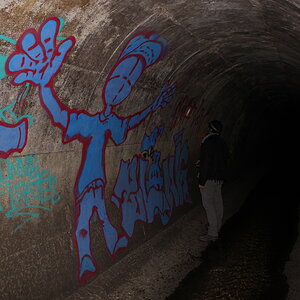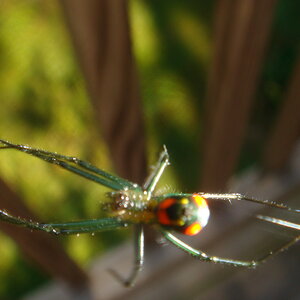JerseyJules
TPF Noob!
- Joined
- Aug 11, 2012
- Messages
- 112
- Reaction score
- 10
- Location
- The Armpit of America, New Jersey
- Can others edit my Photos
- Photos OK to edit
I dont know if this is the right forum, but Im looking for advice on how to photograph the moon at night. Im using a Nikon DSLR camera and a 55-300m lens. I can get good detail on the moon itself where you can actually see the craters, but the sky looks all pixleated and weird. What setting should I be using to get good results?



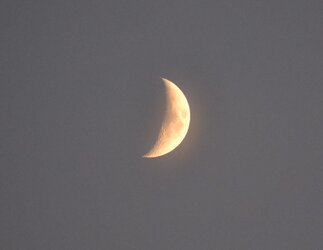


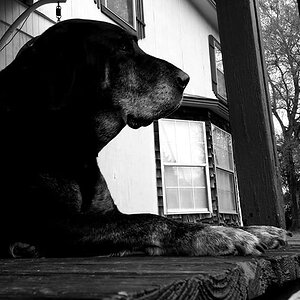
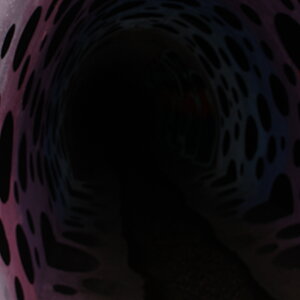
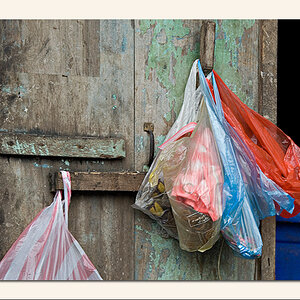
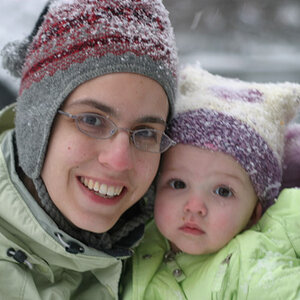
![[No title]](/data/xfmg/thumbnail/42/42057-1509913128bb1db2bc11235c05832fd4.jpg?1619739993)
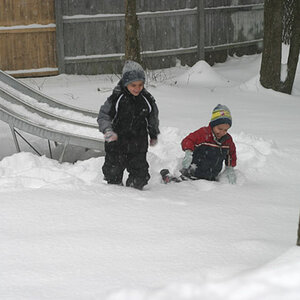

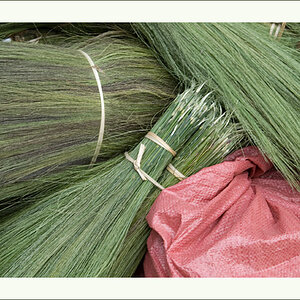
![[No title]](/data/xfmg/thumbnail/42/42055-105f2ee23a1fd79c786de42c5578274b.jpg?1619739992)
